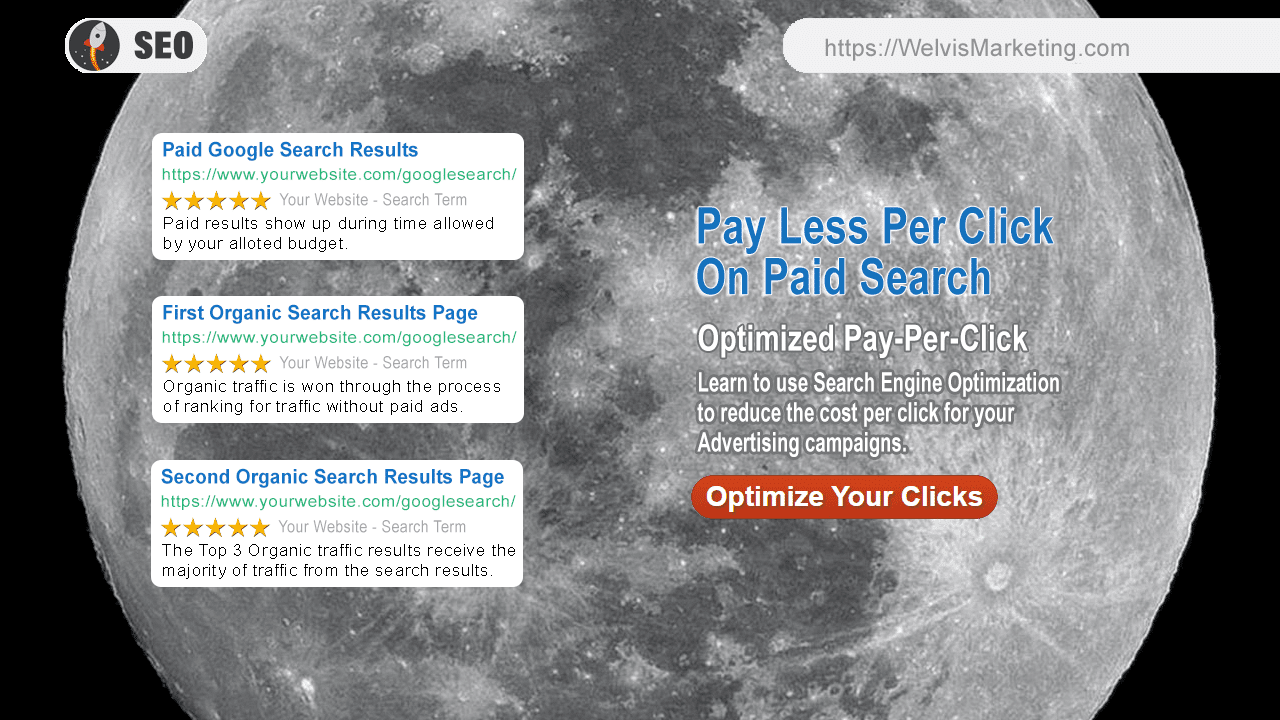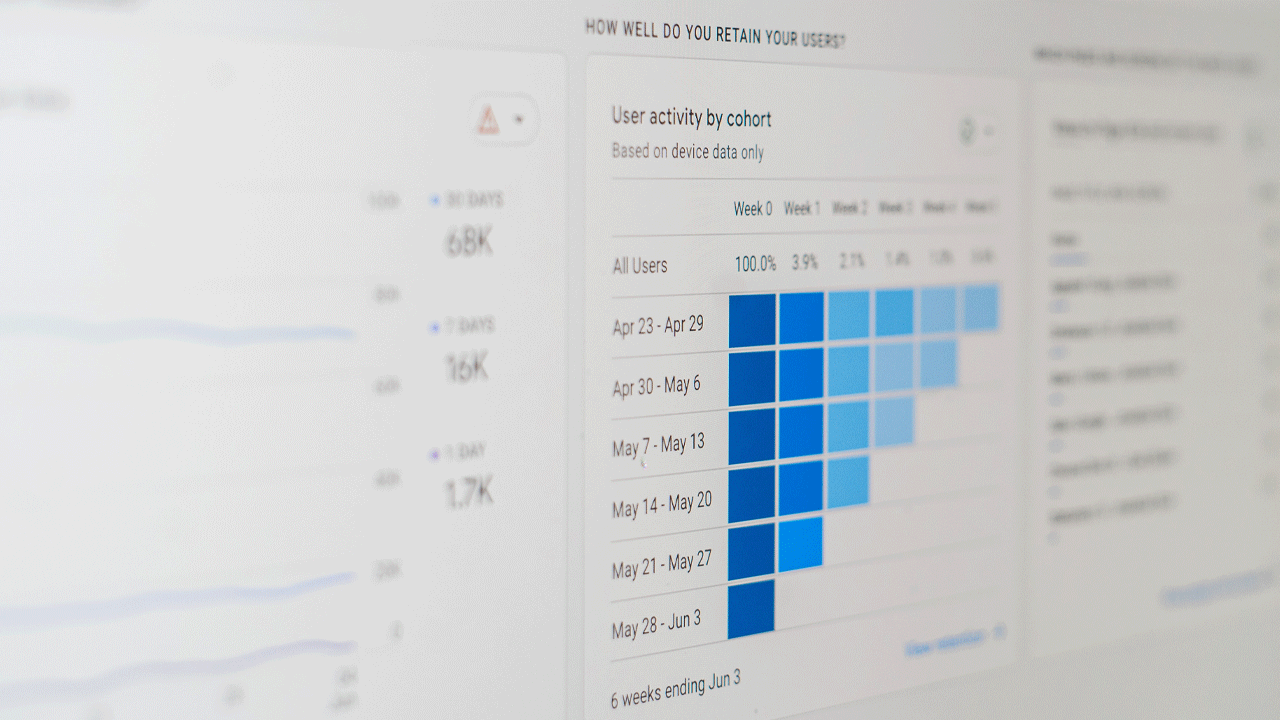In the ever-evolving digital landscape, businesses are constantly seeking the most effective strategies to increase their online visibility and drive traffic to their websites. Two of the most popular and powerful strategies are Search Engine Optimization (SEO) and Search Engine Marketing (SEM). But how do you know which one is the right fit for your business?
This comprehensive guide will delve into the fundamental principles of both SEO and SEM, highlighting their key differences and benefits and how you can pay less per click on paid search. We’ll also explore the cost efficiency and potential return on investment of each strategy, providing you with the necessary insights to make an informed decision.
Furthermore, we’ll discuss the critical factors to consider when choosing the right strategy for your business. To bring these concepts to life, we’ll share real-world case studies of businesses that have successfully leveraged SEO and SEM strategies. Buckle up as we embark on this enlightening journey of digital marketing strategies.
1. Understanding the Basics: SEO and SEM
When it comes to digital marketing, two strategies often stand out: Search Engine Optimization (SEO) and Search Engine Marketing (SEM). Both are crucial for enhancing online visibility, driving traffic, and boosting conversions. However, they differ in their approach and the results they deliver. SEO focuses on organic traffic, optimizing your website and content to rank higher in search engine results. On the other hand, SEM encompasses SEO and paid advertising, targeting both organic and paid traffic.
Choosing between SEO and SEM can be challenging, especially without a clear understanding of their benefits and drawbacks. A helpful checklist to consider includes: your budget, the competitiveness of your industry, your target audience’s behavior, and your business goals. SEO is cost-effective and offers long-term results, but it requires time and patience. Conversely, SEM provides immediate visibility and quick results, but it can be more expensive, especially in highly competitive industries.
Moreover, the effectiveness of SEO and SEM also depends on the quality of your content and website. High-quality, relevant content is essential for SEO, as it can improve your search engine ranking and attract organic traffic. Similarly, a well-designed, user-friendly website can increase your Quality Score in SEM, reducing your Cost Per Click (CPC) and improving your ad ranking. Therefore, regardless of the strategy you choose, investing in quality content and website design is crucial.
The Key Differences Between SEO and SEM
While both SEO and SEM aim to increase visibility in search engines, they involve different strategies and techniques. SEO focuses on organic traffic – that is, traffic that comes to your website naturally and not through paid advertising. It involves optimizing your website and content with relevant keywords, improving your site’s design and user experience, and building high-quality backlinks. On the other hand, SEM goes beyond SEO and includes paid advertising strategies like pay-per-click (PPC) advertising. With SEM, you can pay to have your website appear at the top of search engine results for specific keywords.
| SEO | SEM | |
|---|---|---|
| Focus | Organic traffic | Organic and paid traffic |
| Strategies | Keyword optimization, site design, backlinks | SEO strategies + PPC advertising |
| Cost | Time and effort, potentially lower cost | Can be more expensive, depending on advertising budget |
Ultimately, the choice between SEO and SEM depends on your business goals, budget, and timeline. If you’re looking for long-term results and have the time to invest in creating high-quality content and building your online presence, SEO might be the right choice for you. However, if you’re looking for immediate visibility and have the budget for it, SEM could provide quicker results.
3. How SEO Can Benefit Your Business
Investing in Search Engine Optimization (SEO) can provide a multitude of benefits for your business. One of the most significant advantages is the ability to increase visibility and improve your online presence. This is achieved by optimizing your website and content to rank higher in search engine results, making it easier for potential customers to find you. SEO is a long-term strategy that, when done correctly, can yield sustainable and continuous results.
Another notable benefit of SEO is the potential for increased traffic to your website. By targeting specific keywords and phrases that your potential customers are searching for, you can attract more relevant visitors to your site. This can lead to higher conversion rates and increased sales. Here’s how SEO can help increase traffic:
- Keyword optimization: By researching and using relevant keywords in your content, you can attract more targeted traffic.
- Quality content: Creating valuable and engaging content can keep visitors on your site longer, increasing the chances of conversion.
- Link building: Acquiring high-quality backlinks from reputable sites can improve your site’s authority and visibility in search engine results.
Lastly, SEO can provide valuable insights into your customers’ behavior and preferences. By analyzing the keywords they use, the pages they visit, and the content they engage with, you can tailor your marketing strategy to better meet their needs. This data-driven approach can lead to more effective marketing campaigns and a higher return on investment.
4. The Advantages of SEM for Your Business
One of the most significant benefits of SEM is the immediate visibility it provides. Unlike SEO, which requires time to build and see results, SEM can put your business at the top of search results almost instantly. This immediate visibility can be particularly beneficial for new businesses or websites that are just starting out and don’t yet have the SEO strength to rank highly in organic search results. Furthermore, this visibility is not just general; it’s highly targeted. SEM allows you to reach your specific audience right when they’re ready to make a purchase.
Another advantage of SEM is its scalability. With SEM, you have complete control over your budget and how much you want to spend on your marketing efforts. You can start small and increase your spend as you see results, making it a flexible option for businesses of all sizes. Additionally, SEM provides detailed analytics, so you can see exactly where your money is going and adjust your strategy as needed to maximize your return on investment.
In conclusion, while both SEO and SEM have their merits, SEM offers unique advantages that can be particularly beneficial for certain businesses. Its immediate visibility, targeted reach, and scalability make it a powerful tool for businesses looking to increase their online presence quickly. However, it’s important to remember that SEM is not a one-size-fits-all solution. The best strategy for your business will depend on your specific goals, budget, and industry. Therefore, it’s crucial to evaluate your needs and resources carefully before deciding on the right strategy for you.
5. SEO vs SEM: Cost Efficiency and ROI
Deciding between SEO and SEM often boils down to considering the cost efficiency and potential return on investment (ROI) for your business. It’s crucial to understand that while SEM can yield quicker results, it often requires a larger budget. This is due to the pay-per-click (PPC) model that most SEM strategies employ. On the other hand, SEO, although slower to show results, can be a more cost-effective solution in the long run. It’s an investment in your website’s organic visibility, which, once achieved, can provide a steady stream of traffic without the need for continuous spending.
ROI is another critical factor to consider. SEM can provide a rapid increase in visibility and immediate ROI, but it’s dependent on your budget. Once you stop investing in SEM, your visibility can decrease. Conversely, SEO can offer a more sustainable ROI over time. It’s a long-term strategy that builds your website’s authority and organic visibility, leading to consistent traffic and conversions. However, the ROI from SEO can be harder to measure and may take longer to materialize. Therefore, the choice between SEO and SEM should be based on your business’s budget, timeline, and long-term goals.
6. Choosing the Right Strategy: Factors to Consider
Understanding your business goals is crucial when selecting between SEO and SEM. If your primary objective is to increase brand visibility in a short span of time, SEM might be the better choice. However, if you’re looking to build a long-term online presence, SEO could be more beneficial. It’s also essential to consider your budget. SEM often requires a larger investment, while SEO is more cost-effective in the long run. Tip: Create a detailed plan outlining your goals, budget, and timeline before deciding on a strategy.
Another key factor to consider is your target audience and how they search for products or services similar to yours. If they’re more likely to use specific keywords, SEO can help your website rank higher in organic search results. On the other hand, if they’re more likely to click on ads, SEM could be more effective. Tip: Conduct market research to understand your audience’s search behavior and preferences.
Finally, consider the competitiveness of your industry. In highly competitive sectors, it might be challenging to rank high in organic search results, making SEM a more viable option. However, in less competitive industries, SEO can help you establish a strong online presence without the need for paid advertising. Tip: Analyze your industry and competitors to determine the most effective strategy. Remember, the right choice often involves a combination of both SEO and SEM.
7. Case Studies: Successful SEO and SEM Strategies in Business
Exploring real-world examples can provide valuable insights into the effectiveness of SEO and SEM strategies. A notable case is that of a leading e-commerce company that saw a significant increase in organic traffic and sales after implementing a comprehensive SEO strategy. This involved optimizing their website for search engines, creating high-quality content, and building authoritative backlinks. On the other hand, a renowned software company successfully utilized SEM strategies, including pay-per-click advertising and remarketing, to increase their online visibility and attract more qualified leads. They managed to achieve a high return on investment within a short period. Both cases demonstrate that the choice between SEO and SEM largely depends on your business goals, resources, and the competitive landscape of your industry. Therefore, it’s crucial to conduct a thorough analysis before deciding on the right strategy for your business.
Frequently Asked Questions
What are some common misconceptions about SEO and SEM?
Some common misconceptions include the idea that SEO is a one-time task, when in reality it requires continuous effort and optimization. Similarly, many believe that SEM only involves paid advertising, but it also includes other strategies like PPC (Pay-Per-Click) and SMM (Social Media Marketing).
Can I use both SEO and SEM strategies for my business?
Yes, you can. In fact, using both SEO and SEM strategies can be beneficial for your business. SEO helps in building a strong web presence and driving organic traffic, while SEM can provide immediate visibility and leads. The combination of both can lead to a comprehensive digital marketing strategy.
How long does it take to see results from SEO and SEM?
SEO is a long-term strategy and it usually takes several months to start seeing significant results. On the other hand, SEM can provide immediate results, especially if you’re using paid advertising strategies. However, the exact time frame can vary depending on various factors like the competitiveness of your industry, the quality of your content, and more.
What are some key metrics to track for SEO and SEM?
For SEO, some key metrics to track include organic traffic, bounce rate, conversion rate, and keyword rankings. For SEM, you might want to track metrics like click-through rate (CTR), cost per click (CPC), conversion rate, and return on ad spend (ROAS).
How can I decide which strategy is more suitable for my business?
Choosing between SEO and SEM depends on your business goals, budget, and timeline. If you want immediate visibility and have a budget for it, SEM might be more suitable. If you’re looking for a cost-effective, long-term strategy, SEO might be a better choice. It’s also important to consider your target audience and the competitiveness of your industry.




